
Mahi 'The Oceanographer'
Mahi can measure basic atmospheric and oceanographic parameters over vast areas of the world's oceans. This provides valuable data which allows to study and understand more of our oceans and global climate.
Project Mahi is a passion project amongst several engineers with the ambitious goal to develop, build and launch an unmanned, autonomous vessel to cross the Atlantic Ocean. During the Atlantic crossing, the vessel will collect atmospheric and oceanographic data which will be sent via satellite connection to our website.

"Wow, that’s an incredible distance for such a small vessel! Quite an achievement and something to be proud of! It was a pleasure being part of this adventure!"

"Dit is zooo geweldig nieuws! Ik ben super blij voor jullie hele team. Never give up your dream 👍"

"Innovation is about doing things and learning by doing. This is a great achievement to be proud of!"

"What an epic journey - very inspiring. I’m sure it will also be the start of another great new venture. Best of luck!"

"What an amazing achievement! You guys should be very proud!"

"What an achievement! A massive congratulations to the complete Project Mahi team!"

"I am extremely proud about you, Pieter-Jan, Quinten and Project Mahi-team. Your creativity, project planning and perseverance has been rewarded and that is more than well earned !!! What an achievement for a team of young Belgian engineers. Eat this big tech 💪🏻"
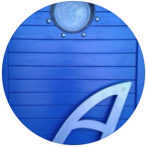
"From Altavela, we would like to sincerely congratulate all of you who are part of the project. A feat that undoubtedly creates a precedent for the future of unmanned navigation. Our most sincere congratulations ! A great job!"

"Incredible achievement guys!"

"Brilliant achievement and great inspiration for what's yet to come!"

"This is even more exciting and emotional than the discovery of Endurance!!!!!! I am so incredibly happy for you guys! What an incredible achievement. So great to have closure, and the vessel itself..... which now belongs in a museum display celebrating innovation!"

"This is a huge achievement in its own right!"
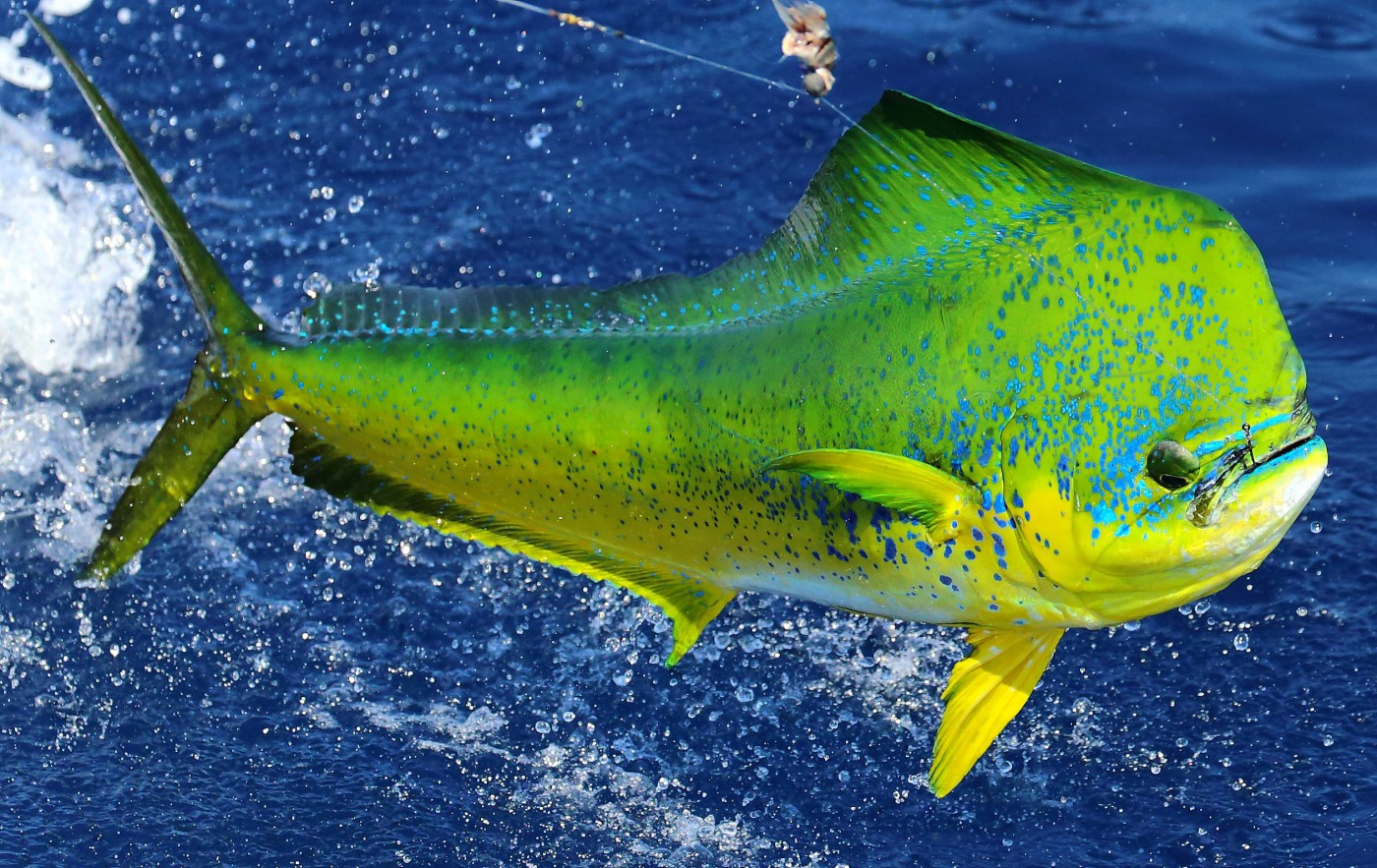
MAHI's name comes from the majestic pelagic fish also known as mahi-mahi, dolphin fish or dorado. It is an acrobatic ocean predator found in offshore temperate, tropical and subtropical waters all around the globe.
Learn more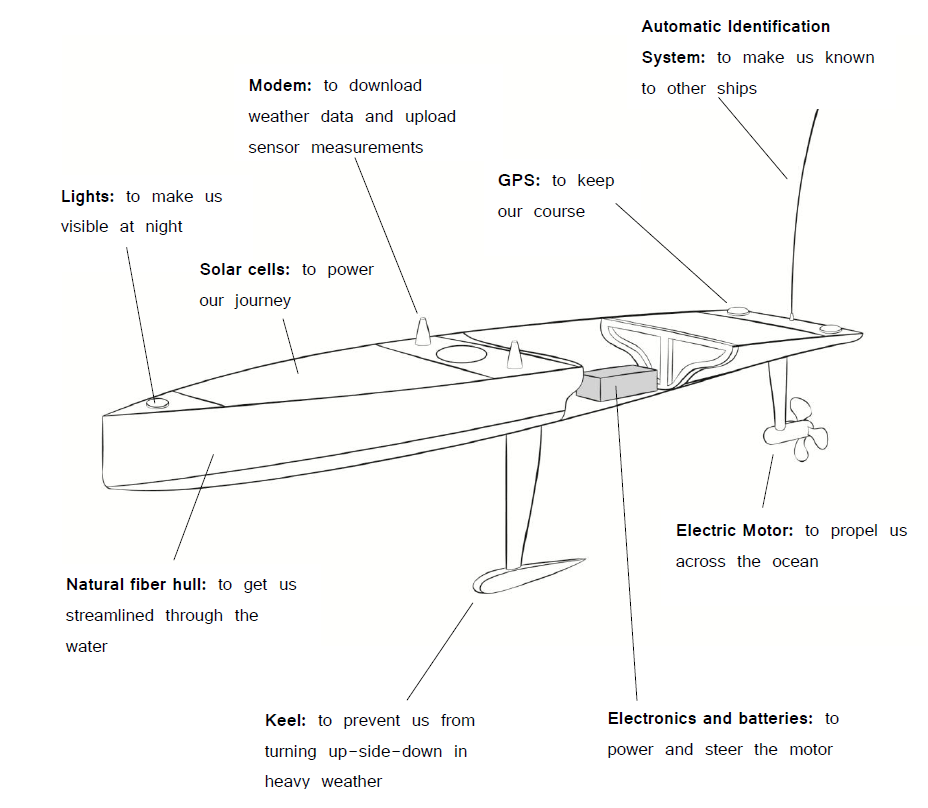
Mahi will be a mono-hull measuring 4 x 1.2 x 0.5 meter. The hull will be constructed from composite materials and is designed to be streamlined, strong and light while allowing a maximal deck surface for solar cells.
Learn more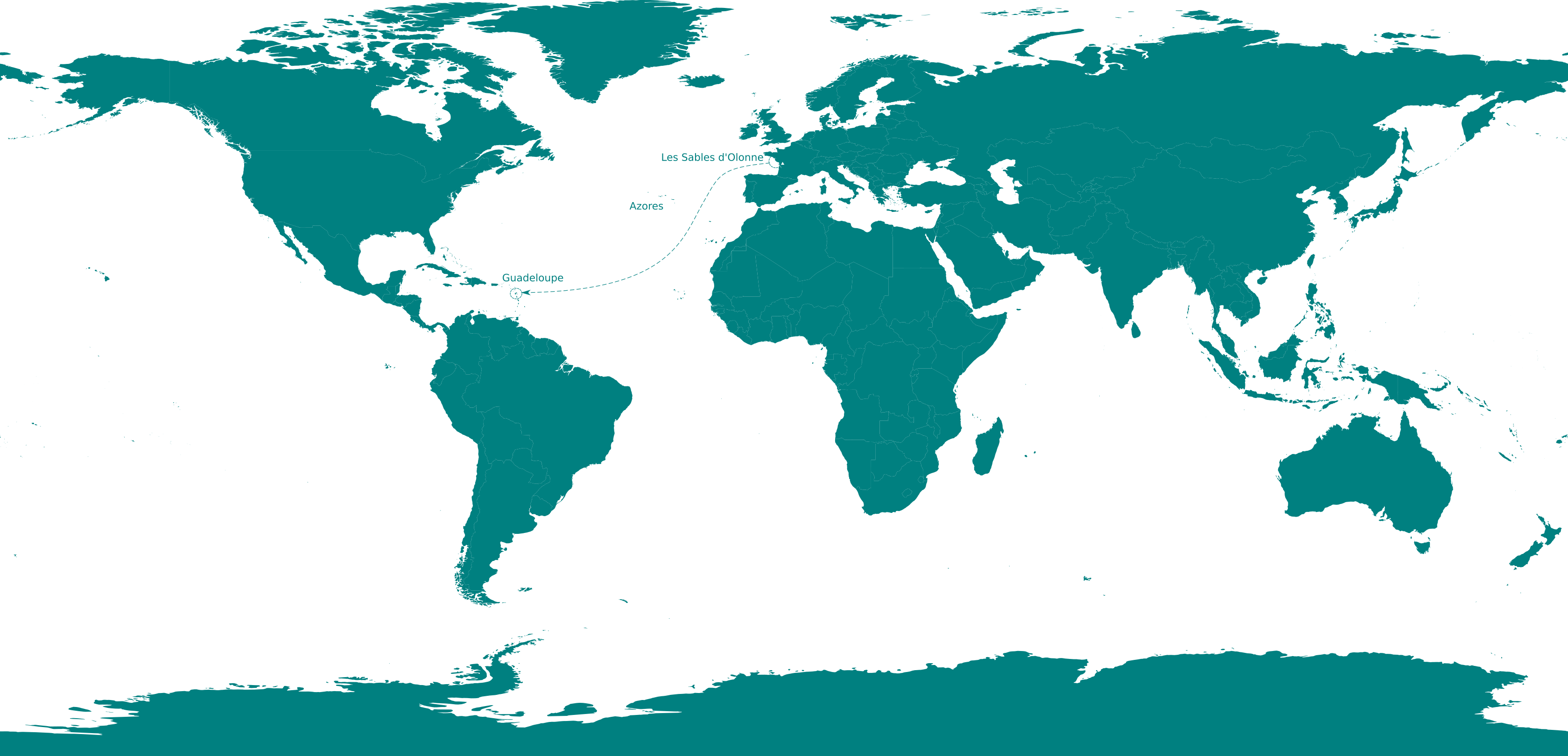
The projected route takes Mahi from east to west, from Europe to the Caribbean. To our knowledge this will be the first time an autonomous unmanned surface vessel crosses the Atlantic Ocean.
Learn moreOne can imagine the abundance of applications for which autonomous vessels can be used. Here we present four example of what autonomous vessels could do for you.

Mahi can measure basic atmospheric and oceanographic parameters over vast areas of the world's oceans. This provides valuable data which allows to study and understand more of our oceans and global climate.
What the drone will do for the transport of goods by use of unmanned aerial vehicles, Mahi will do for the transport of goods across the oceans.

Mahi can be deployed to inspect eco-sensitive marine regions, crucial parts in offshore wind turbine parks and hard to reach stretches of the seas.

Mahi can be deployed to autonomously chart preprogrammed coastal regions.